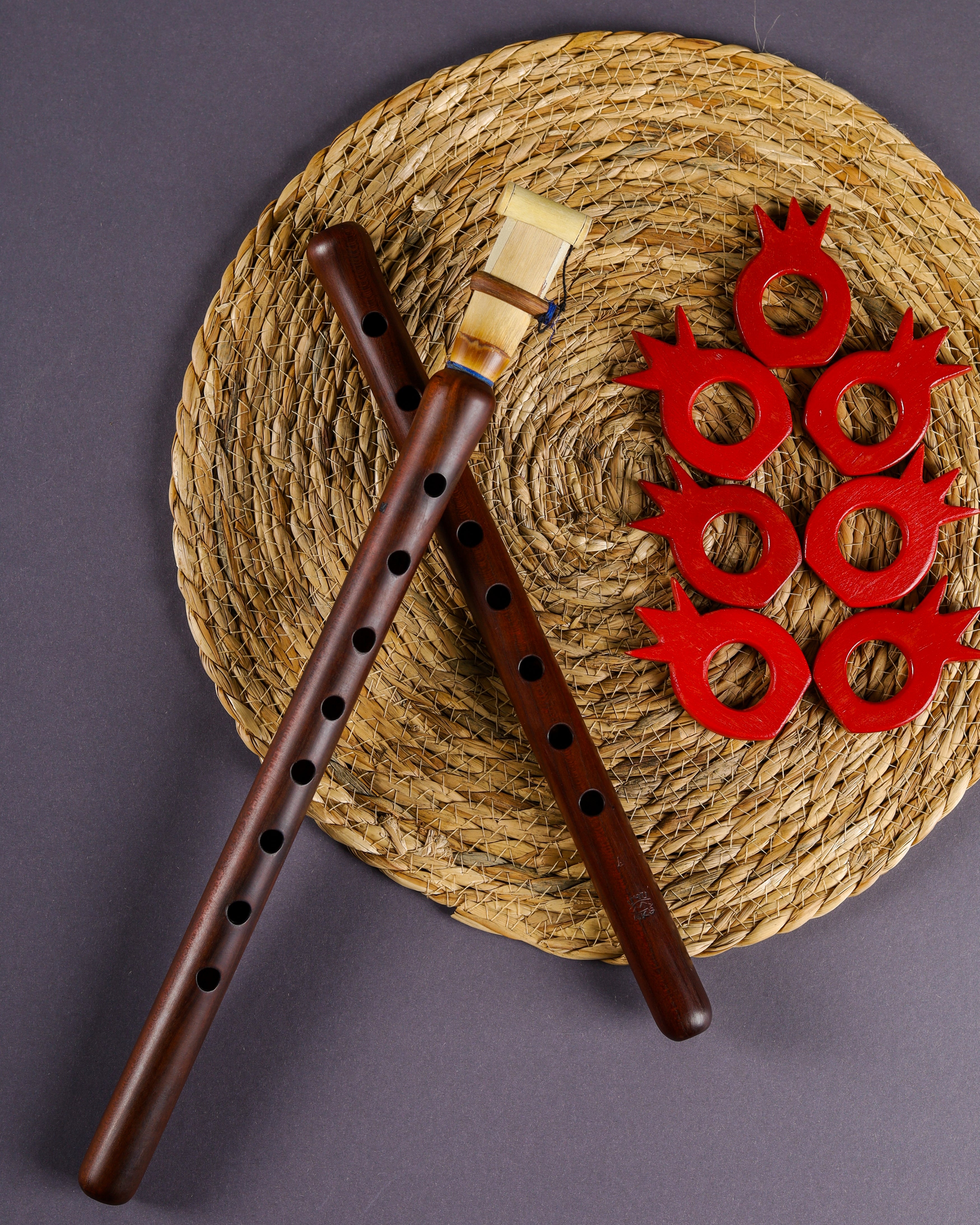In the Western world, musical notation is fundamentally important for the preservation, propagation, and interpretation of music. Consequently, learning to read music is taught to all students from a young age, to strengthen their understanding of music theory and familiarize them with reading unfamiliar music sheets.
In the East, particularly in Armenia, art is traditionally transmitted orally, and musical notation is relatively rare in the learning of traditional instruments, especially in the Armenian repertoire.
Over the last century, it has become clear that the dispersion of Armenians across the world created the need of the written transcripts of each musical piece to preserve a culture that has been threatened since the early 20th century, notably due to the consequences of the Armenian Genocide. Additionally, the difficult politico-military conditions in Armenia since the fall of the Soviet Union in 1989 have contributed to this necessity. In recent decades, numerous collections of pieces by Komitas or Sayat-Nova have been published in Armenia and the diaspora, allowing for easier dissemination of Armenian music.
Traditionally and even today, learning the Duduk is mostly done by ear, with some established musicians who sometimes are unable to read sheet music. Although the issue of writing music sheets is increasingly being addressed and resolved, there are still significant gaps in the repertoire of popular music.
La Maison Duduk offers a shop of carefully selected music sheets specifically adapted for the Duduk. These collections are gathered by experienced musicians, allowing for personalized learning of the instrument.

